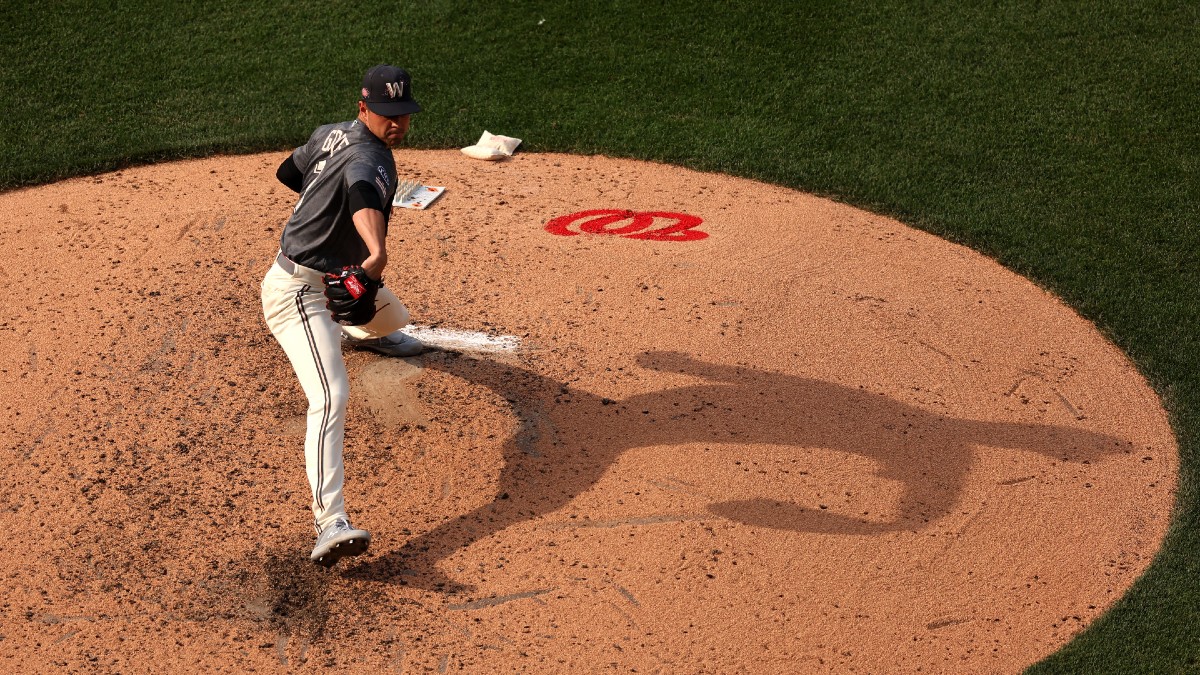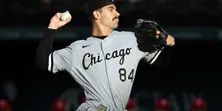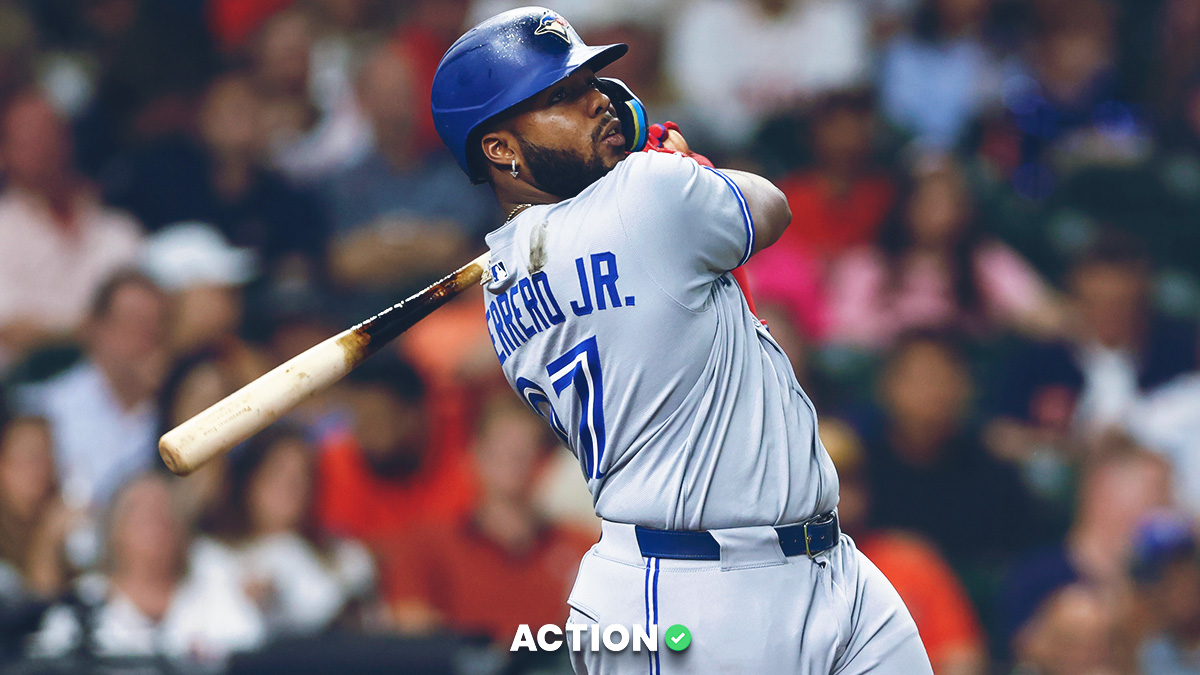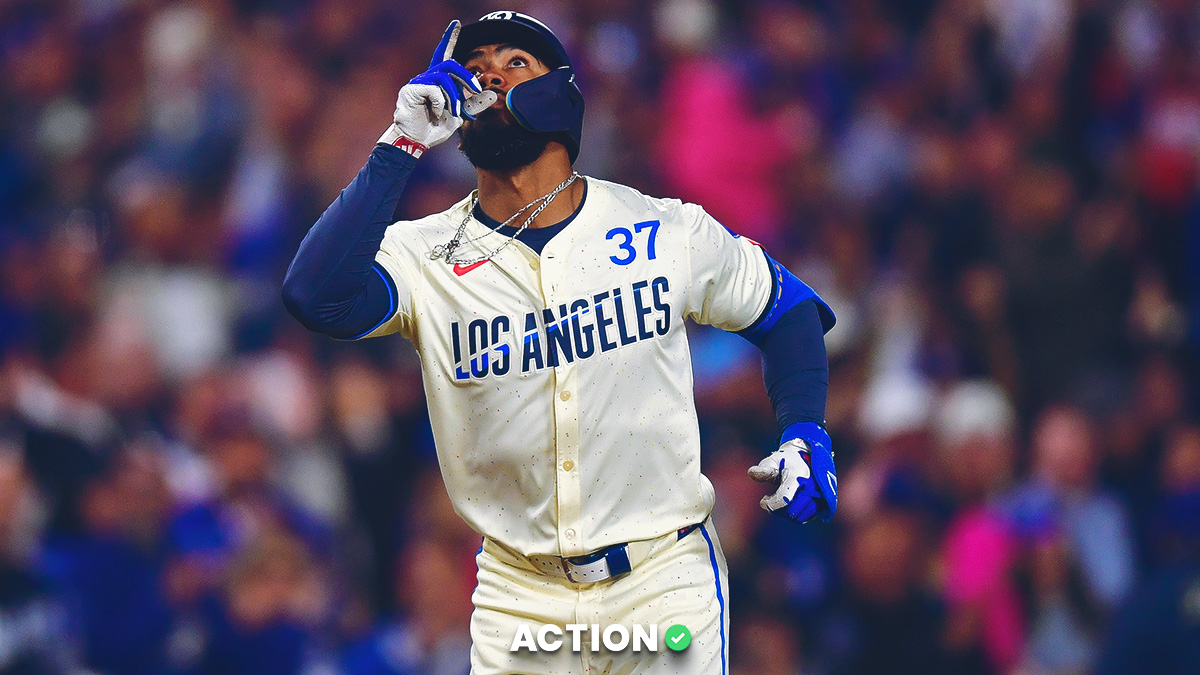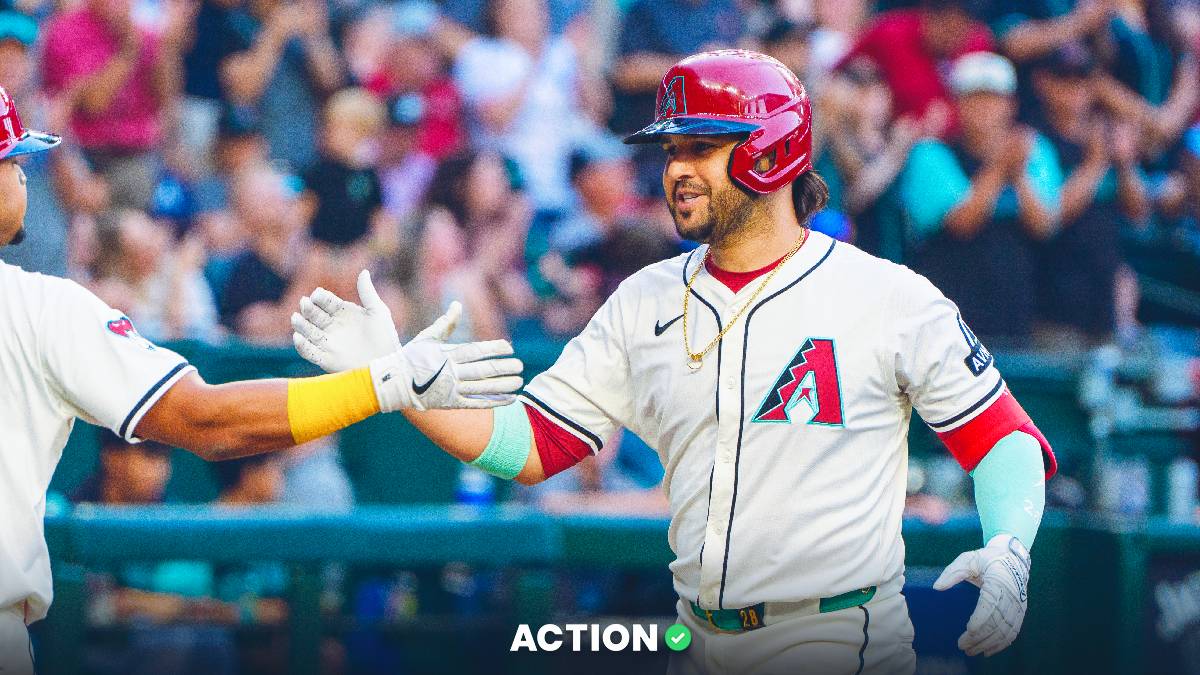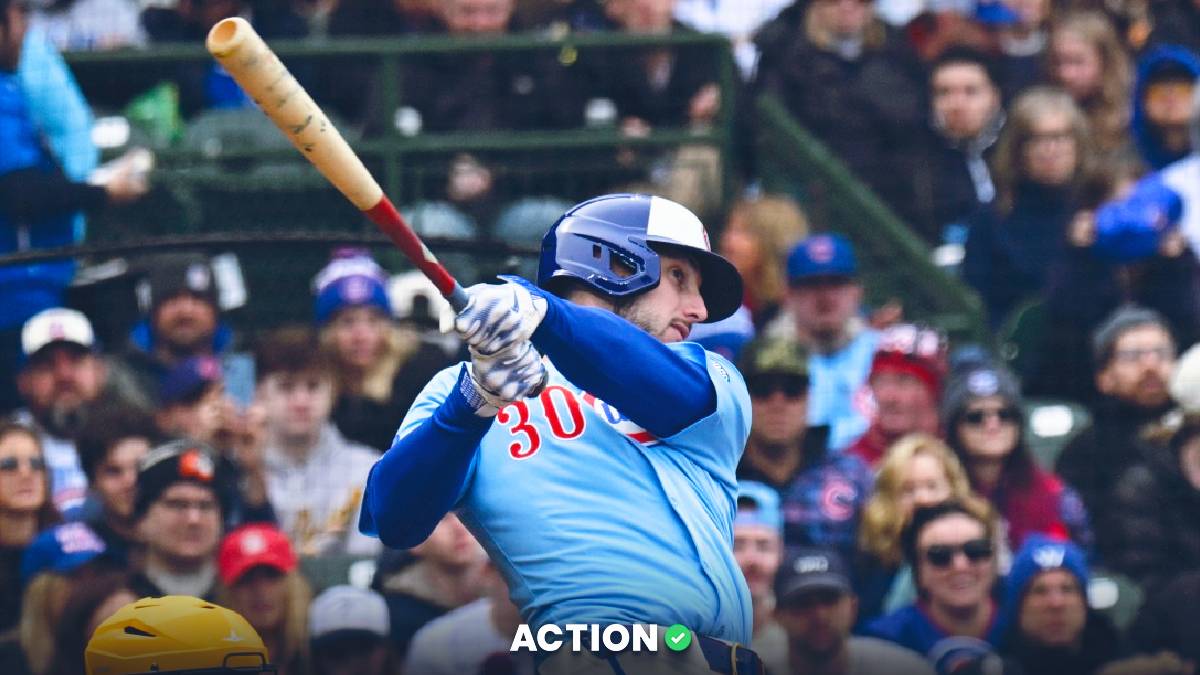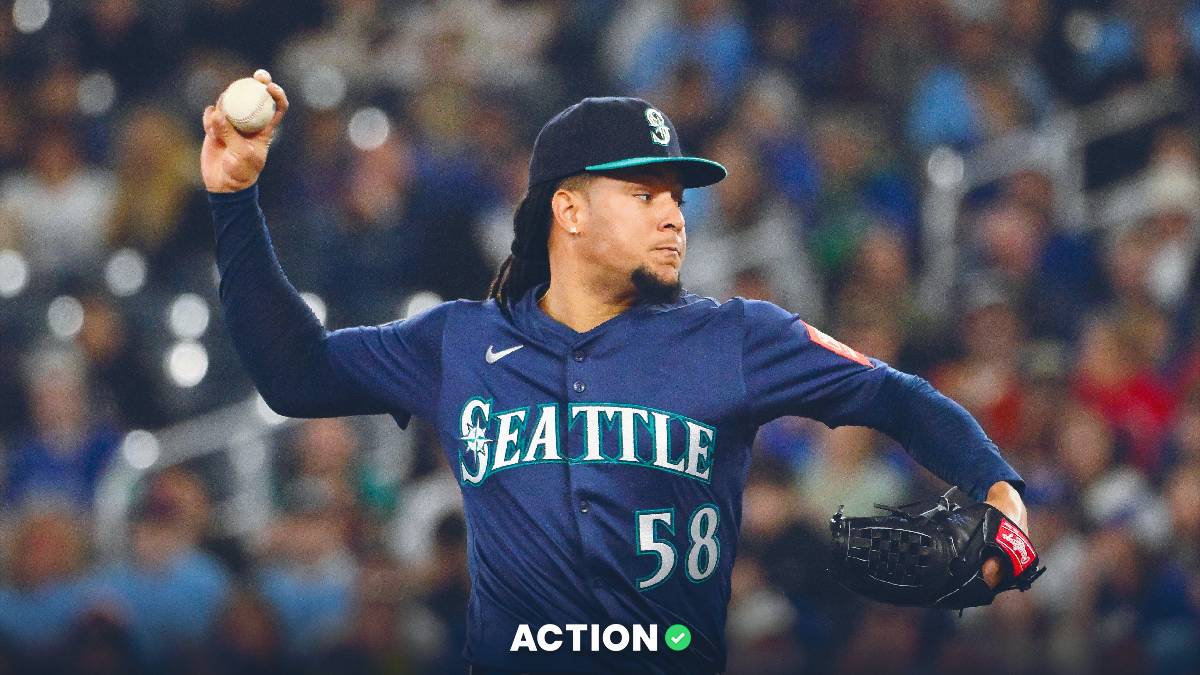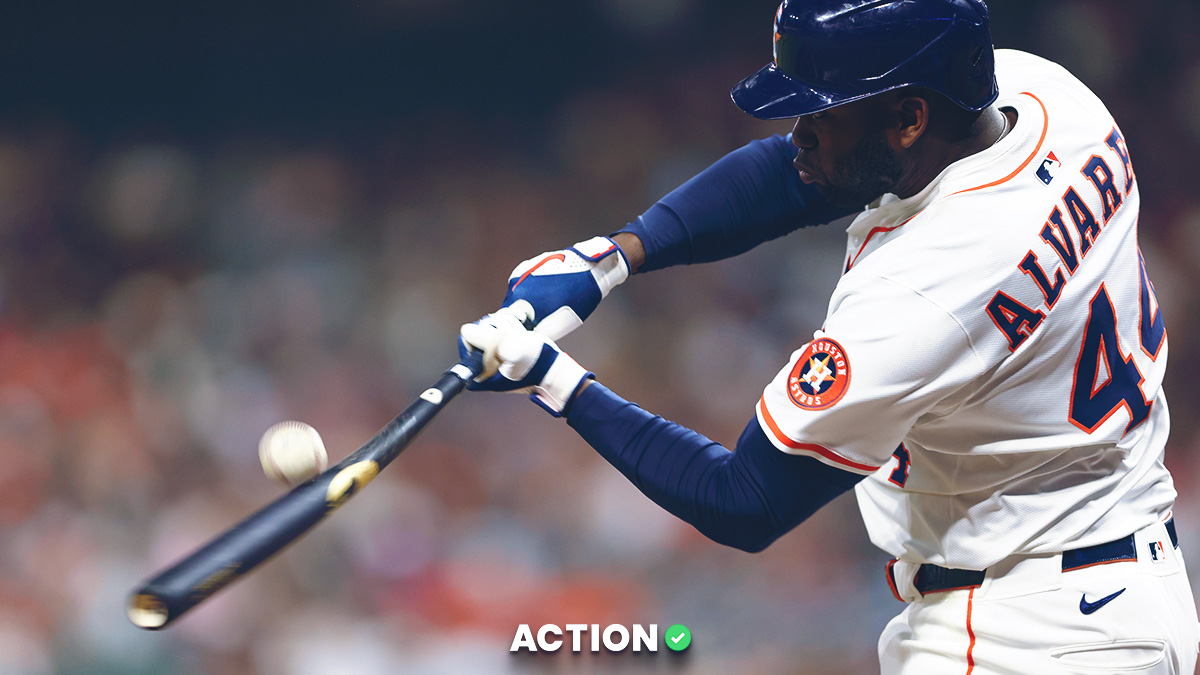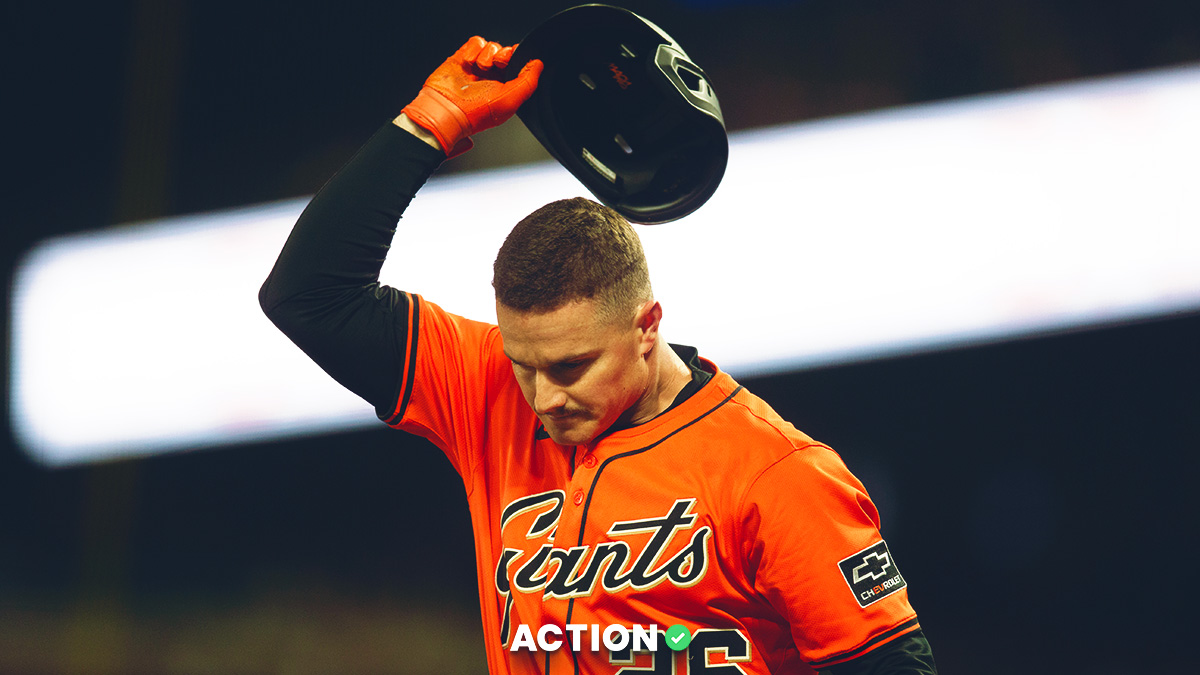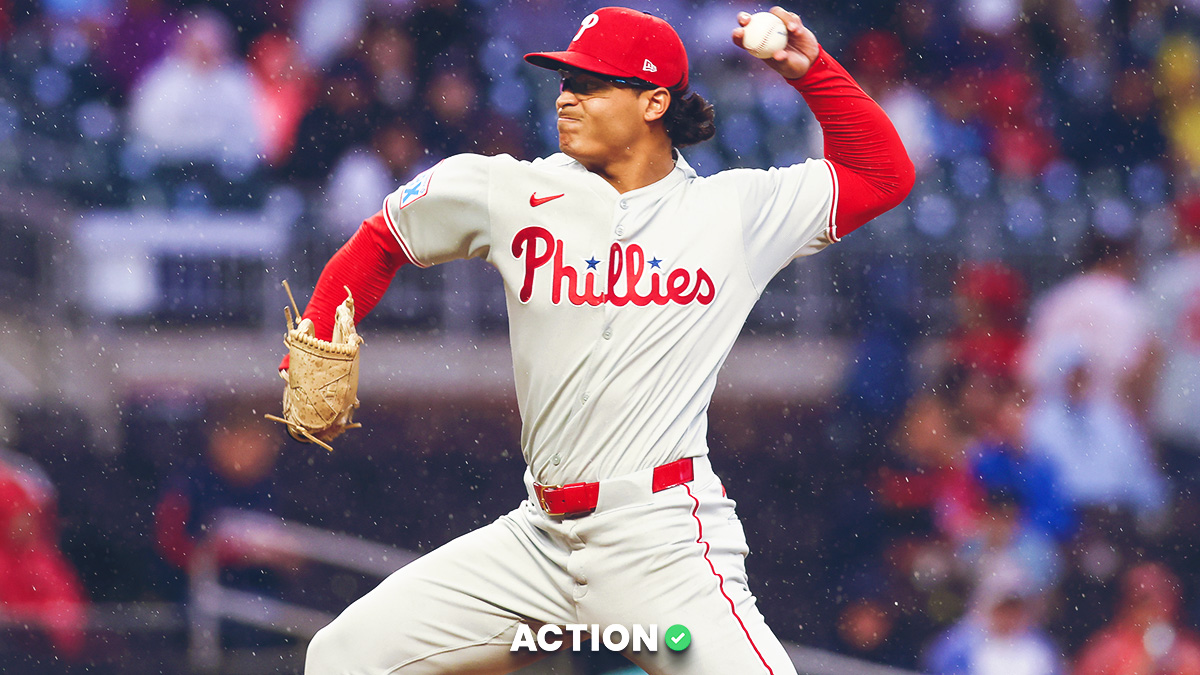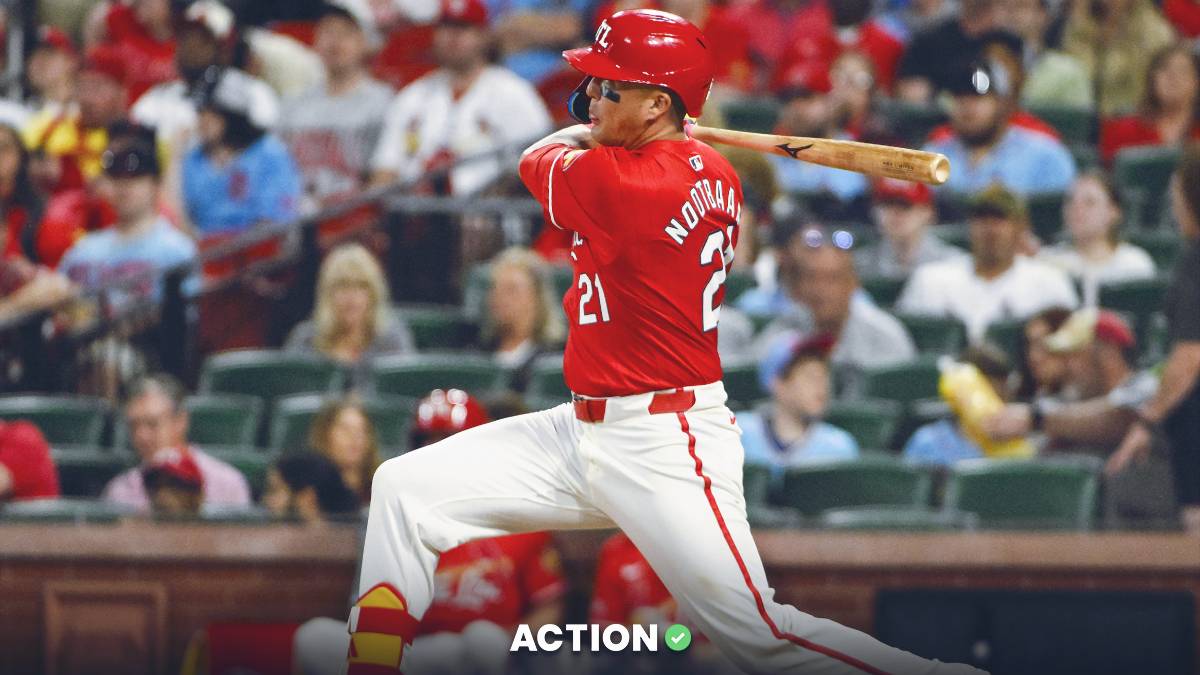It was another solid day on Wednesday, including a win on our first ever two-leg NRFI parlay.
No parlay bets today, but we do have a team-specific line at juicy odds and a total of five games we're targeting.
The Model
The process is relatively simple. First, I start by assuming that the full game (implied) run totals for either team are roughly efficient. As mentioned above, that tends to be the case more often than not. This saves me the trouble of trying to predict the total runs scored in the game — and allows me to focus strictly on the "when" rather than "how many."
Next, I built a database of pitchers performance the first time through the order, relative to their overall stats. Since the latter is presumably baked into the full game total, I wanted to figure out if those runs are more likely to come early or late. Most — but not all — MLB starters do somewhat better early in games, but with some variance in just how much. The model uses xFIP (expected Fielding Independent Pitching) as the ERA predictor of choice.
That's only half of the equation, though, with the offenses making up the other half. To do this, I looked at what percentage of a team's total runs is produced by the top three batters in the lineup. While a first inning run scored, by definition, needs at least four hitters to come to the plate, one of the first three has to actually score it. The metric of choice here is wRC+, based on the projected lineup for the day from each team.
This is a bit of a tradeoff, as lineups (and run totals) can shift throughout the day, especially if significant contributors miss time. However, in my experience the inefficiency of the morning lines more than makes up for the leakage in the model. With that said, exercise caution if, say, Mike Trout is listed as questionable for the night's game.
The Picks
With all of the picks below, I'll include the pick, the best line and the threshold I'd bet it to. These will go up in the morning, so if any major news breaks between publishing and when you read it, be sure to consider that.
Infrequently, rather than betting on the traditional YRFI/NRFI, the pick will be on one team or the other specifically to score a run, which as of this writing is only a betting option at DraftKings. Since the model handles each team individually, sometimes one team is projecting for a greater proportion of the "run equity" in the first inning than the betting lines are accounting for.
NRFI Odds, Picks for Thursday, June 15
Arizona Diamondbacks vs. Philadelphia Phillies NRFI: I was a little surprised to get plus money on this line, even with the elevated total. Aaron Nola has elite splits his first time through the order, and the Phillies rank near the bottom in proportion of their runs produced by the top of the order. That combination leads to both teams projecting at a bit under 25% chance to score a run individually.
Minnesota Twins vs. Detroit Tigers NRFI: Another game with a moderate total. Just like the Phillies game, both starting pitchers have solid splits early in games, and neither offense is particularly top heavy. It helps that the Twins, the better of the offenses, have performed considerably worse against left-handed pitching as well.
Chicago Cubs vs. Pittsburgh Pirates NRFI: This line is showing value despite the heavy juice, which makes sense in a game with a hilariously low 6.5-run total. I'll probably make this part of a parlay with some other juicy leg on my (non-RFI) baseball betting card, but it's projecting as a standalone value as well.
Houston Astros vs. Washington Nationals YRFI | Astros Specific YRFI: I have the Astros specifically at about a 37% chance to score, which works out to +170 implied odds. I've had some success hedging these by betting a half unit each on the game line and the team line though, and with both showing value let's continue that strategy.
San Diego Padres vs. Cleveland Guardians YRFI: Both teams have a roughly equal share of the equity here, thanks to Padres starter Ryan Weathers having reverse splits his first time through the order. That's based on a fairly limited sample size though, so this projection is a bit more fragile than usual. While the edge is big enough to overcome the projection fragility, it would make sense to play this at half of your normal unit.


